Mental health, substance use and disability advocates testified at a legislative budget hearing on Tuesday about what they say is a lack of funding in the governor’s executive budget for the mental hygiene workforce.
Gov. Kathy Hochul’s proposed budget includes a 1.2% cost-of-living adjustment for providers — an increase that advocates say is not enough to solve workforce challenges that prohibit them from providing adequate care.
Instead, advocates are pushing for a 3.2% cost-of-living adjustment for direct support providers who work in mental health, substance use and disability services, as well as a $500 million workforce investment to offset years of flat funding that have set providers behind.
State agencies have lauded the governor’s dedication to the mental health crisis, noting that the proposed COLA represents the third consecutive year that Hochul has boosted funding for providers. Last year’s budget included a 4% COLA, and the budget the year before that included a 5.4% increase.
Hochul’s proposed 1.2% COLA translates to an additional $120 million — and $196 million with federal matching funds — for programs which operate through the Office of Mental Health, the Office of Addiction Services and Supports and the Office for People with Developmental Disabilities, according to the executive budget. The state also plans to adjust base rates paid for specific services for OPWDD that could result in an additional $350 million for providers, said Kerri Neifeld, commissioner of OPWDD.
“We know that there is no single solution to the current workforce crisis,” Neifeld said, adding that the agency is pursuing multiple pathways to recruit and retain direct service providers.
But advocates say that the proposed pay increases are not enough to help them provide adequate compensation to mental health, substance use and disability workers, resulting in high turnover and workforce shortages. Glenn Liebman, CEO of the Mental Health Association in New York State, said that despite Hochul’s mental health investments the workforce remains “largely unaddressed,” and low pay has led many workers to pursue jobs in retail and food service industries.
“You can go across the street to McDonald’s and make more than you can as a direct care worker in our fields,” Liebman said during Tuesday’s budget hearing.
Hochul has increased cost-of-living pay more than any other governor in the last 17 years, Liebman said. But because of flat funding for nearly two decades, mental health providers have received 34% less funding than they were owed in that time period, he added.
Substance use disorder and disability advocates echoed calls for higher pay to solve workforce shortages. Mike Alvaro, president of New York Disability Advocates, said in his testimony that there are 20,000 unfilled positions for direct support providers who serve New Yorkers with intellectual and developmental disabilities. The statewide vacancy rate for disability providers totals 17.5%, and turnover rates exceeded 30%, he added.
Anne Sullivan, commissioner of mental health, said that the state’s recently awarded Medicaid 1115 waiver amendment includes some solutions to the workforce crisis, such as expanded loan repayment programs and pipeline training programs.
Workforce issues were not the only challenges that advocates raised during Tuesday’s budget hearing. Legislators called attention to the state’s allocation of more than $300 million in opioid settlement funds to date — an allocation that OASAS Commissioner Chinazo Cunningham said was the most rapid disbursement of settlements compared to any other state.
Lawmakers questioned how much of those funds were actually in the hands of providers to pay for prevention, treatment, harm reduction and workforce — a question that Cunningham could not answer directly. She said that OASAS has distributed roughly $15 million a quarter.
The state Assembly and Senate will devise their own budget proposals before voting on a final budget, which is due in April.
